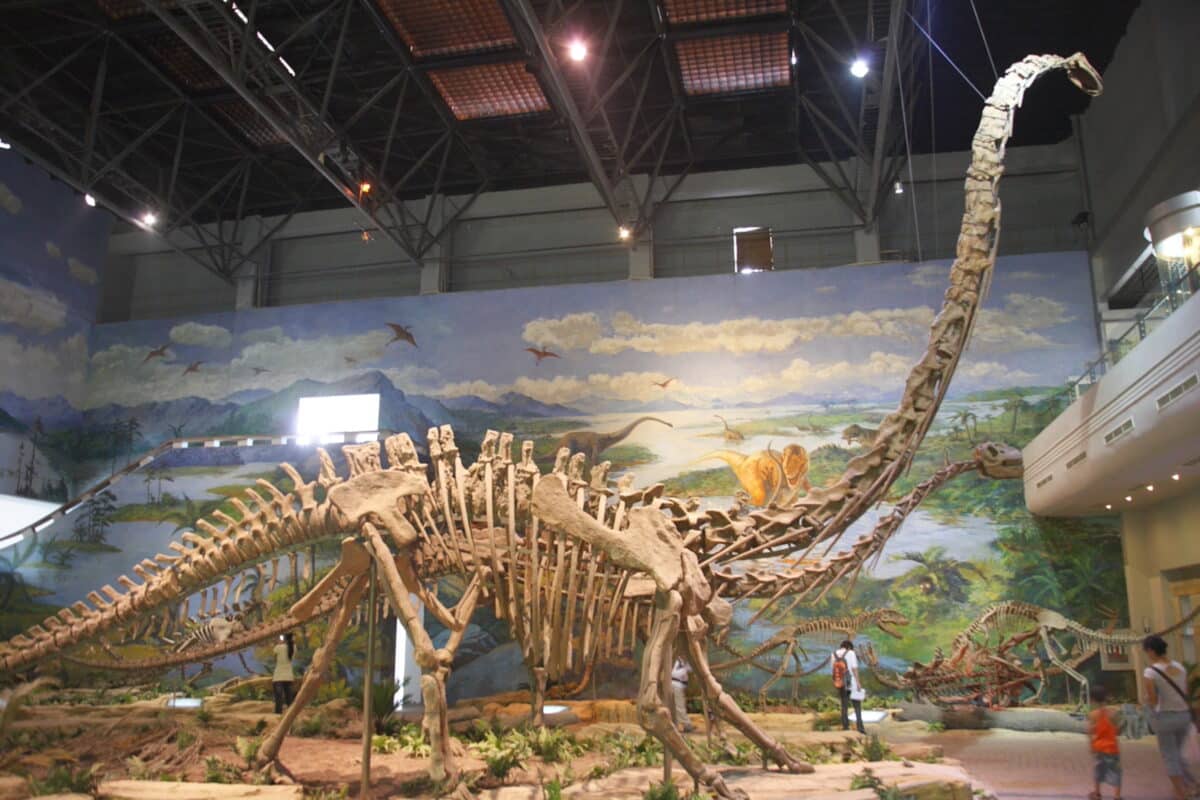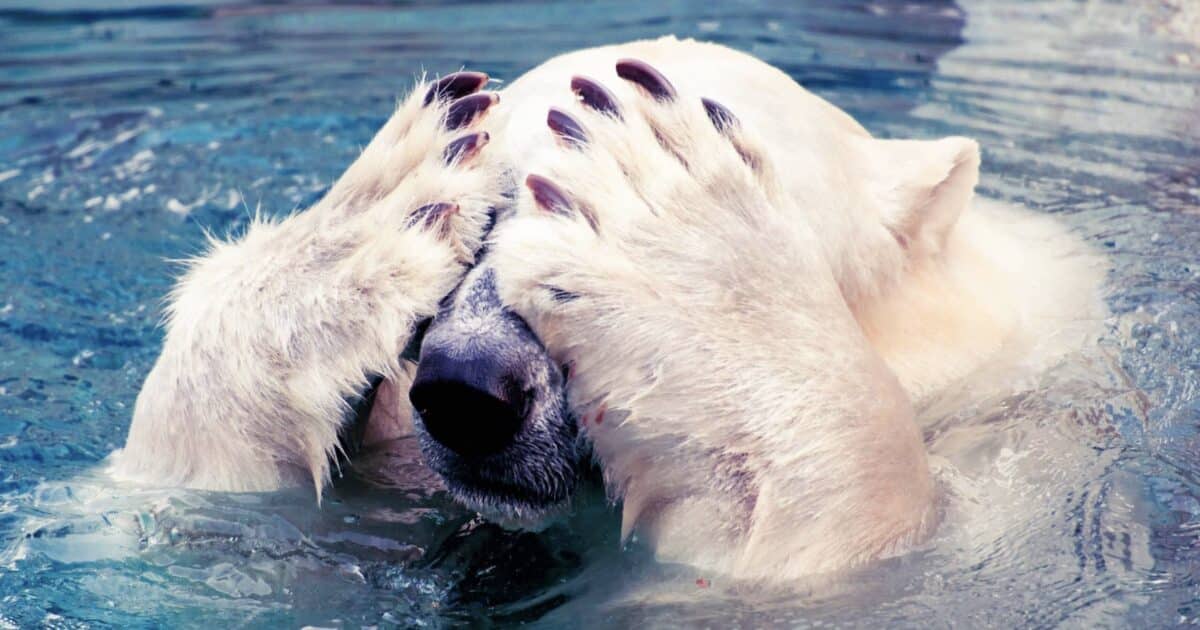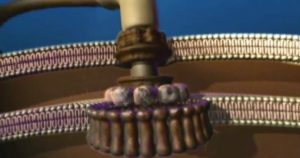
Science and Culture Today | Page 179 | Discovering Design in Nature


Long Necks in Sauropod Dinosaurs — By Neo-Darwinism or Intelligent Design?

Answering Farina on Behe’s Work: Darwin Devolves

“What Is a Man?” — New Book Out Today from Nancy Pearcey

“Would Mathematics Be Here if We Weren’t?”

Gifted Microbes Elevate the Case for Intelligent Design to the Entire Biosphere

Answering Farina on Behe’s Work: The Edge of Evolution

Is Adaptation Actually a Fight to Stay the Same?

Free Will: What Are the Reasons to Believe in It?






































